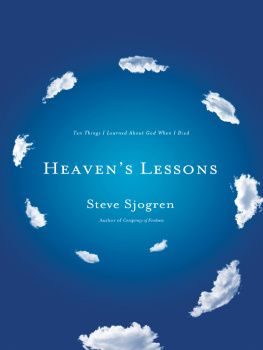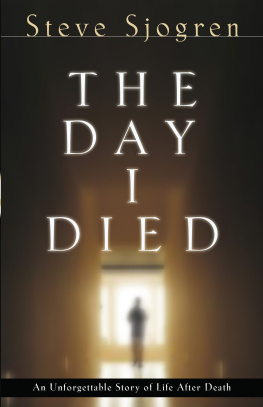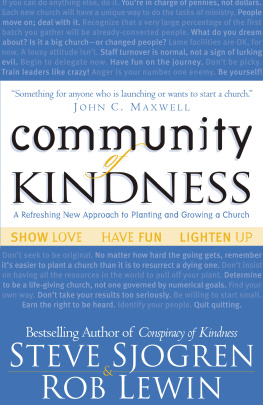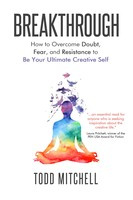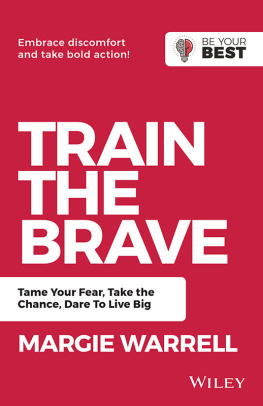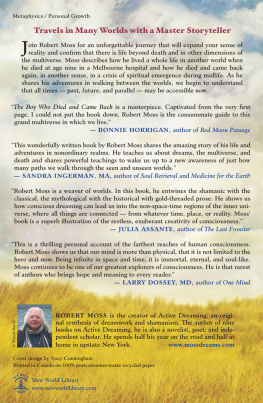
HEAVENS LESSONS
2013 by Steven R. Sjogren a/k/a Steve Sjogren
All rights reserved. No portion of this book may be reproduced, stored in a retrieval system, or transmitted in any form or by any meanselectronic, mechanical, photocopy, recording, scanning, or otherexcept for brief quotations in critical reviews or articles, without the prior written permission of the publisher.
Published in Nashville, Tennessee, by Thomas Nelson. Thomas Nelson is a trademark of Thomas Nelson, Inc.
Published in association with the literary agency of Mark Sweeney & Associates, Bonita Springs, Florida 34135.
Thomas Nelson, Inc., titles may be purchased in bulk for educational, business, fund-raising, or sales promotional use. For information, please e-mail SpecialMarkets@ThomasNelson.com.
Scripture quotations marked KJV are taken from the King James Version of the Bible. Scriptures marked MSG are from The Message by Eugene H. Peterson. 1993, 1994, 1995, 1996, 2000. Used by permission of NavPress Publishing Group. All rights reserved.
Scriptures marked NIV are from the Holy Bible, New International Version, NIV. Copyright 1973, 1978, 1984 by Biblica, Inc. Used by permission of Zondervan. All rights reserved worldwide. www.zondervan.com.
Scripture quotations marked UPDATED NIV are taken from the Holy Bible, New International Version, NIV. Copyright 1973, 1978, 1984, 2011 by Biblica, Inc. Used by permission of Zondervan. All rights reserved worldwide. www.zondervan.com.
Scripture quotations marked NKJV are taken from the NEW KING JAMES VERSION. 1982 by Thomas Nelson, Inc. Used by permission. All rights reserved.
Scriptures marked NLT are taken from Holy Bible, New Living Translation. 1996, 2004, 2007. Used by permission of Tyndale House Publishers, Inc., Carol Stream, Illinois 60188. All rights reserved.
Library of Congress Cataloging-in-Publication Data
Sjogren, Steve, 1955
Heavens lessons : ten things I learned about God when I died / Steve Sjogren.
p. cm.
ISBN 978-1-4002-0431-1
1. Spirituality. 2. God (Christianity) 3. Sjogren, Steve, 1955- 4. Near-death experiences--Religious aspects--Christianity. I. Title.
BV4501.3.S58497 2013
248--dc23
2012039318
Printed in the United States of America
13 14 15 16 17 QG 6 5 4 3 2 1
To my amazing wife, Janie.
If it wasnt for your courage I wouldnt have
survived long enough to learn the lessons
about God contained in this book.
Thank you for speaking courage into me time and
again in the midst of chaos and for helping me make
sense out of what God was up to. I love you always!
CONTENTS
CONCLUSION: I DARE YOU TO DARE Me...
NOTES
ACKNOWLEDGMENTS
WE LIVE IN A
SPIRITUAL WORLD
W hen I opened my eyes, the people around my bed didnt look familiar. They didnt look like any people I had ever seen before. They were transparent. No words were spoken, but I knew in an instant what they were up to. They were present to support me, to urge me onto not give up my desperate fight for life.
A few days before, I had gone into the hospital for a planned, forty-five-minute simple surgery. I no longer use simple and surgery in the same sentenceanytime medical staff put you under with anesthesia, it isnt simple. I did not go home that night as scheduled. In fact, it feels as though I have been in the recovery room for more than twelve years since that procedure.
The plan was routine enough. Surgeons were to locate and remove my gallbladdera procedure tens of thousands go through each year in the United States alone. In my case things went haywire during the first few minutes of the surgery.
Leading up to surgery, I had been having painful attacks centered in my midsection that caused me to double over in pain. Im the sort of person who is quick to go to the doctor when Im in pain, so after two of those attacks, I went in to see my family physician. His initial take was that my gallbladder was inflamed, so he referred me to a great surgeon at a nearby, medium-sized, suburban hospital. A week later I was in the office of a highly recommended but youngish local surgeon. I instantly liked this guy. He was into a lot of things that I, too, liked target shooting and tropical fish. He was also a voracious nonfiction reader. I felt a connection with him.
After looking me over, he sent me in for a series of preliminary tests to guarantee that my gallbladder was indeed the problem. I had a CT scan, an MRI, and an ultrasound, but none of those showed the presence of gallstonesor a gallbladder. Later, when I spoke with the surgeon, he expressed his surprise that none of the tests revealed my gallbladder but commented that since everybody has a gallbladder, mine must be diseased and had apparently shrunk significantly. Thats why it wasnt showing up on the tests. It was even more in need of surgery.
I mentioned to him that I travel extensively, often out of the country. He said that might be a problem, since the surgical standards of other countries leave a lot to be desired. Was I willing to risk emergency surgery on the fly outside the country? he asked. The answer was obviousclearly I needed surgery sooner rather than later. That was around Thanksgiving, heading into Christmas, a rather slow time for me workwise, thus a good time to face a surgery. Im a little embarrassed to admit it now, but in a way, I almost looked forward to the surgery. It seemed like a bit of a vacation from the torrid schedule I had been keeping around that time. A week of downtime sounded as good as going to Florida for a week.
I later learned that about one person in every thirty thousand or so is born without a gallbladder. Doctors soon discovered I am one of those rare people.
In other words, on the day of the surgery, they were trying to remove a nonexistent gallbladder.
As with any laparoscopic surgery, the surgeons made three small, shallow, lateral incisions along my right side to insert equipment inside me. A final small incision was made just below my belly button, where the cutting instrument was to enter. The problem, for whatever reasonit was never determined how it happenedwas that this final cut went far too deep, as in inches too deep. The razor-sharp blade hit the front of my descending aorta and then continued through to the back side of it. The aorta at that point is about the diameter of ones thumb. It is the largest artery and carries oxygenated blood from the heart south, where it branches into smaller arteries that continue on to the legs. As I gushed blood internally, my blood pressure plummeted to 30 over 10. Normal is around 120 over 80. How low is that? Brain damage and all sorts of neurological problems predictably occur at that pressure if it remains there for any length of time. In the words of one doctor, Thats the blood pressure of a sponge, not a human. I was at that level for an hour and fifteen minutes.
Though I bled like a sieve, the doctors couldnt see the blood, since it was pooling behind my central organs, by my spine. When the team finally did notice the injury, they went to work instantly, but it was too lateI had almost completely bled out. There wasnt enough blood for my heart to continue to pump.
Thats when it happened. I coded for seven minutesthat is, my heart stopped.
It would have stayed that way if it hadnt been for the valiant actions of my team of surgeons. They began to pump blood product into me as quickly as I could take it in.
Under duress, if there is not enough blood or circulation to go around, our bodies automatically shift into preservation mode to protect the brain and heart. All else is considered less important. Soon, due to my low blood pressure, other parts of my body began to be blood neglected, such as my liver, my colon, and my external extremities. My fingers, toes, and other, unmentionable parts began to turn blue. If something didnt change quickly, I was in danger of losing some or all of these to necrosis. In fact, my liver and colon had already begun to become necrotic (later, parts of each had to be removed, to halt the spread of gangrene), and both of my lungs filled with liquid.
Next page
